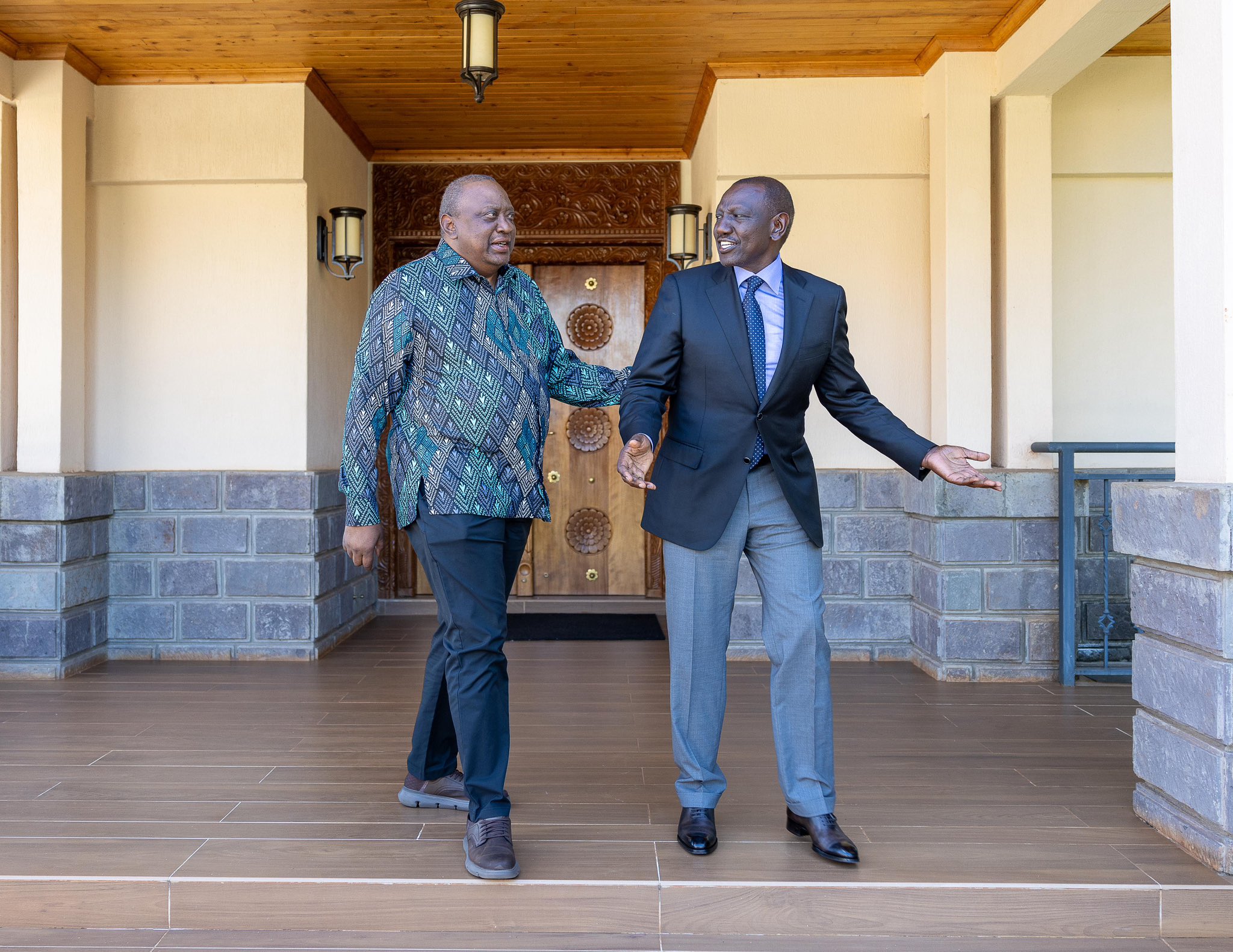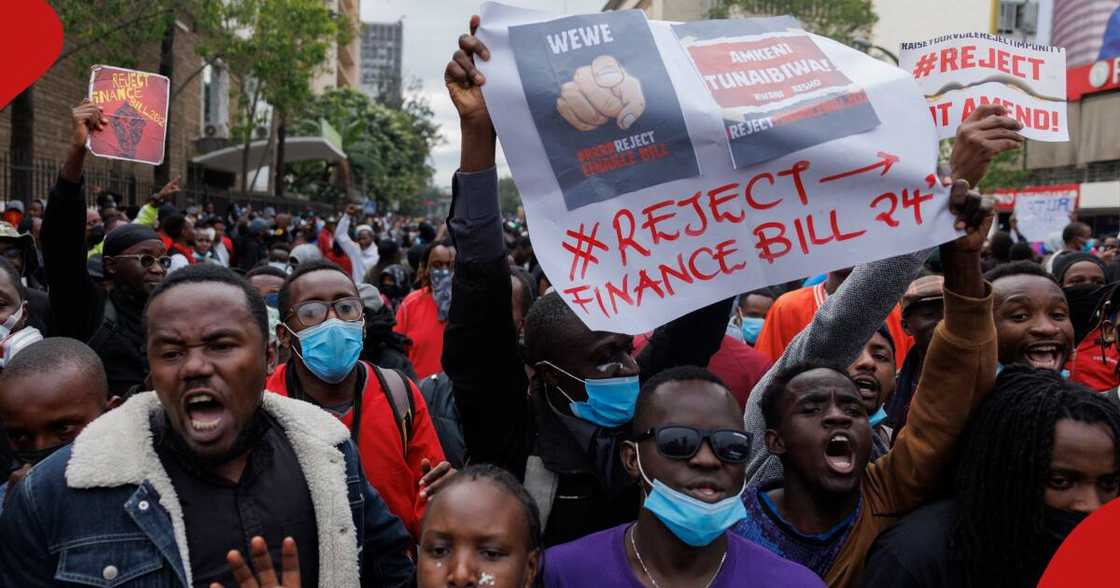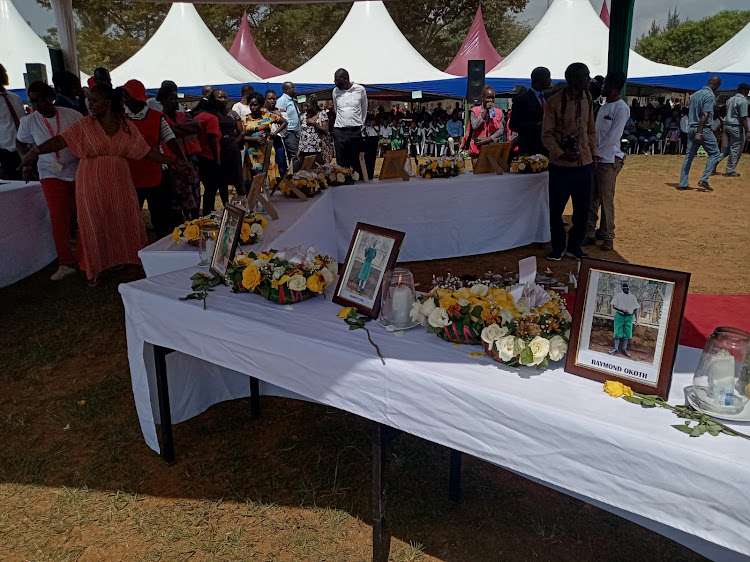By The Weekly Vision Political Desk
The Registrar of Political Parties has formally reinstated former President Uhuru Kenyatta as the leader of the Jubilee Party through a special gazette notice dated 30 June 2025. The Office of the Registrar of Political Parties (ORPP) confirmed Kenyatta as the Jubilee Party Leader, alongside his allies Jeremiah Kioni as Secretary-General and David Murathe as Deputy National Chairman.
This decision follows a High Court ruling on 30 September 2024, which upheld the resolutions of the Jubilee Party’s National Delegates Conference (NDC) held on 22 May 2023. The court declared the actions of a rival faction, led by nominated MP Sabina Chege and EALA member Kanini Kega, unconstitutional, effectively nullifying their attempt to seize control of the party and ending years of internal discord.
While this legal victory marks a return to prominence for Kenyatta’s camp, emerging reports suggest that President William Ruto played a discreet yet pivotal role in facilitating this outcome. What appears to be a straightforward resolution of a party dispute is, in fact, a carefully organised political manoeuvre, serving the strategic interests of both leaders.
Political analysts suggest that Ruto, once a fierce adversary of Kenyatta, has strategically supported the restoration of Jubilee’s original leadership to counter the growing influence of Deputy President Rigathi Gachagua in the Mount Kenya region. Gachagua has been working to establish himself as the region’s political kingpin, a move that threatens Ruto’s dominance over this vote-rich region ahead of the 2027 General Election.
By enabling Kenyatta’s return to the helm of Jubilee, Ruto introduces a counterbalance to Gachagua’s ambitions. A politically fragmented Mount Kenya, divided among Gachagua’s Democratic Change Party (DCP), Ruto’s United Democratic Alliance (UDA), and a revitalised Jubilee, ensures that no single leader consolidates power in the region. This division strengthens Ruto’s position, allowing him to maintain control over the national political landscape.
The reinstatement of Kenyatta’s leadership also provides a strategic platform for Ruto-aligned politicians in Mount Kenya, many of whom face declining popularity on the UDA ticket. With fears of a voter backlash in 2027, these leaders view Jubilee, under Kenyatta’s stewardship, as a less contentious vehicle for their re-election campaigns. Sources indicate that Ruto has privately committed to supporting Jubilee’s infrastructure, both financially and logistically, enabling his loyalists to contest under the party’s banner without alienating voters.
This move allows these politicians to present their return to Jubilee as a homecoming, preserving their political viability while remaining aligned with Ruto’s broader agenda. Once re-elected under Jubilee, these leaders would continue to bolster Ruto’s parliamentary influence, albeit under a different party flag.
This arrangement underscores the pragmatic nature of the deal, ensuring Ruto’s allies remain competitive without overtly challenging his authority. Insiders reveal that Ruto and Kenyatta recently held a private meeting at the former president’s residence to negotiate the terms of this arrangement.
Kenyatta reportedly demanded the full restoration of Jubilee’s leadership and the withdrawal of support for the Chege-Kega faction. In return, Ruto is said to have sought flexibility in cabinet appointments and assurances of future cooperation. Early indications suggest Ruto is delivering on his commitments, with key allies securing prominent government roles and indications of support for Jubilee’s revival, provided it aligns with his long-term objectives.
Ruto’s strategy hinges on preventing a unified Mount Kenya front, particularly one led by Gachagua, which could challenge his national influence in 2027. A region split among DCP, UDA, and a resurgent Jubilee serves his interests perfectly, ensuring that no single faction dominates the vote. Kenyatta’s return to Jubilee’s leadership is thus not merely a legal triumph but a calculated political realignment, orchestrated with Ruto’s quiet blessing.
With Kenyatta’s loyalists now poised to reclaim control of Jubilee’s key organs, the party is expected to rebuild its regional structures and reposition itself as a formidable force ahead of the 2027 election. While Ruto maintains a public distance from these developments, his influence will likely guide Jubilee’s trajectory, ensuring it functions as a strategic ally within his political framework.
This unlikely rapprochement between Kenyatta and Ruto marks a pivotal moment in Kenya’s political landscape. What began as a rivalry rooted in ideological differences has evolved into a pragmatic alliance, driven by mutual necessity. As Jubilee re-emerges from the shadows, it stands not only as Kenyatta’s political home but as a critical component of Ruto’s electoral strategy, reshaping the dynamics of Kenyan politics in the post-Handshake era.





